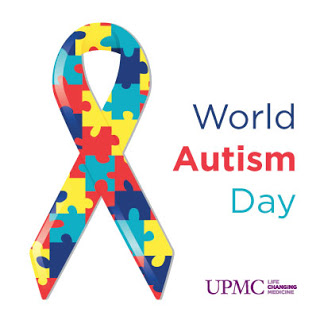A: Autism is a developmental neurobiological disorder, characterized by severe and pervasive impairments in social interaction and communication skills (verbal and nonverbal), and by restricted, repetitive patterns of behavior, interests or activities.
Q: What are the autism-related changes in the new edition of the DSM?
A: Under DSM-5, the separate diagnostic subcategories under PDD in DSM-IV will now be subsumed under one category – Autism Spectrum Disorder. This puts autistic disorder, Asperger’s disorder, pervasive developmental disorder not otherwise specified (PDD-NOS) and childhood disintegrative disorder ALL under ASD.
The new ASD diagnostic category will include specifiers for severity and verbal abilities, and will also include associated features such as known genetic disorders, epilepsy and intellectual disability. Severity levels are based on the amount of support needed by an individual with ASD; e.g., an ASD patient could be considered “level 1,” “level 2” or “level 3.”
The new ASD diagnostic category will also combine the current three domains of autism symptoms (social impairment, communication impairment, and repetitive/restricted behaviors) into two domains (social interaction and communication deficits, and restricted interests/repetitive behaviors).
Q: I’ve read that a lot of people are concerned with these changes, can you explain why?
Q: What is the APA’s rationale for these changes?
Q: What autism services and treatments are offered at the Center for Autism and Developmental Disorders at Western Psychiatric Institute and Clinic (WPIC) of UPMC?
In addition, there is a strong emphasis to develop and increase essential services for adults with Autism Spectrum Disorder after the school years (usually after age 21). At WPIC, adults are offered services through the Merck adult outpatient clinic as well as The Vocational Training Center and Supported Employment Program. The development of social competency, employment skills and independence skills are critical to success and an enhanced quality of life.








